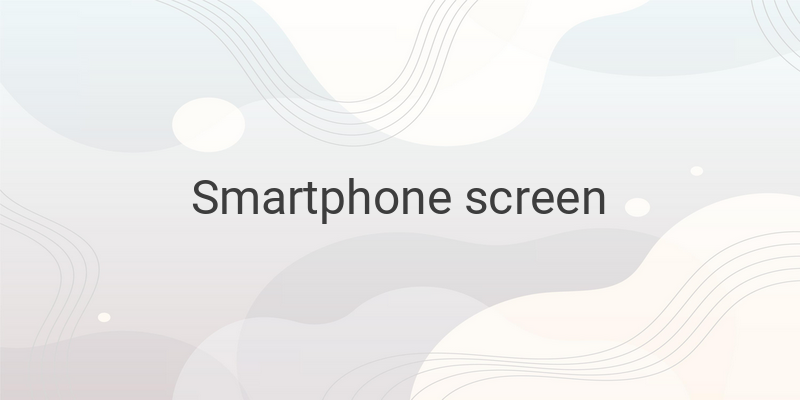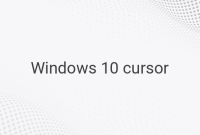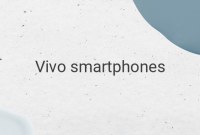When it comes to smartphones, the screen is the component that receives the most attention since we look at it and operate it constantly. Choosing the right smartphone screen is, therefore, critical. Here are a few things to consider when picking one:
Screen Size
The first thing to consider is screen size since this affects the way the smartphone is used. Smartphones screens are typically measured diagonally in inches. If you want a practical phone that is easy to carry around, choose a device with a screen smaller than 4.5 inches. On the other hand, if you like playing games or watching videos, choose a larger screen. Smartphones with screens between 5.5 and 6.5 inches are usually called phablets.
Types of Screens
Different types of smartphone screens have different characteristics. Here are a few types of screens technologies that are commonly used on smartphones:
1. TFT LCD
TFT LCD is the most common type of screen used on smartphones today. TFT LCD stands for Thin Film Transistor Liquid Crystal Display and is the basic technology for all LCD screens. Smartphone screens using this technology are usually thick and require a lot of power because they need a light source to operate. The characteristics of these screens vary widely depending on quality and cost. Low-priced smartphones usually have TFT LCD screens with narrow viewing angles and poor color display, while expensive flagship devices usually have screens with excellent quality.
2. IPS LCD
Short for inline plane switching, IPS LCD is a type of smartphone screen that can display high-quality resolution and has a wide viewing angle of up to 170 degrees. IPS screens usually have better quality than TFT LCD screens in the mid-to-low range of smartphones. IPS LCDs themselves have several types, one of which is PLS (Plain Line Switching) which Samsung produces. Currently, almost all mid-to-high-end smartphones use IPS LCD screens.
3. Super LCD (SLCD)
Super LCD is another type of smartphone screen that uses an LCD panel and is widely used on HTC devices. Unlike other LCD screen types, this screen does not have an air gap between its outer and inner glass layers, resulting in reduced light reflection. As a result, Super LCD screens are suitable to use in open spaces with high light intensities, and they also consume less power than regular LCD screens.
4. AMOLED
AMOLED is a smartphone screen based on OLED panel that was quite popular before the emergence of IPS LCD. This screen is thinner than LCD screens and does not require a special light source, making it more power-efficient if it displays black colors. However, the image displayed by AMOLED screens is usually less sharp than that of LCD screens. In addition, AMOLED screens are quite expensive because they are not produced as much as LCD screens are. Currently, there are many variants of this screen, such as Super AMOLED, Super AMOLED Plus HD, and others which have sharpness similar to LCD screens.
5. IGZO
IGZO, which stands for indium gallium zinc oxide, is one of the latest types of smartphone screens available on the market. This screen is considered the future of smartphone screens as it can produce high resolution with high pixel density yet still consumes low power. Several high-end smartphones have begun to use this screen, such as the Aquos series from Sharp and the iPad Air from Apple. In the next few years, this screen is expected to be commonly used by various flagship smartphones.
Screen Resolution and PPI
In addition to the type of screen, one of the most important things to consider when choosing a smartphone screen is resolution. This is because the screen’s resolution affects the quality of the display and image sharpness. Currently, there are various screen resolutions used on smartphones, ranging from QVGA (320×240 pixels) to UltraHD 4K (3840×2160 pixels). Theoretically, the more pixels, the sharper the image displayed. For example, a 4-inch screen with HD resolution (720×1280) will display a sharper image than a 5-inch screen with the same resolution. Although there are no standard sizes, a pixel density of 200 PPI (pixels per inch) is considered the minimum for a screen to display a good image.




